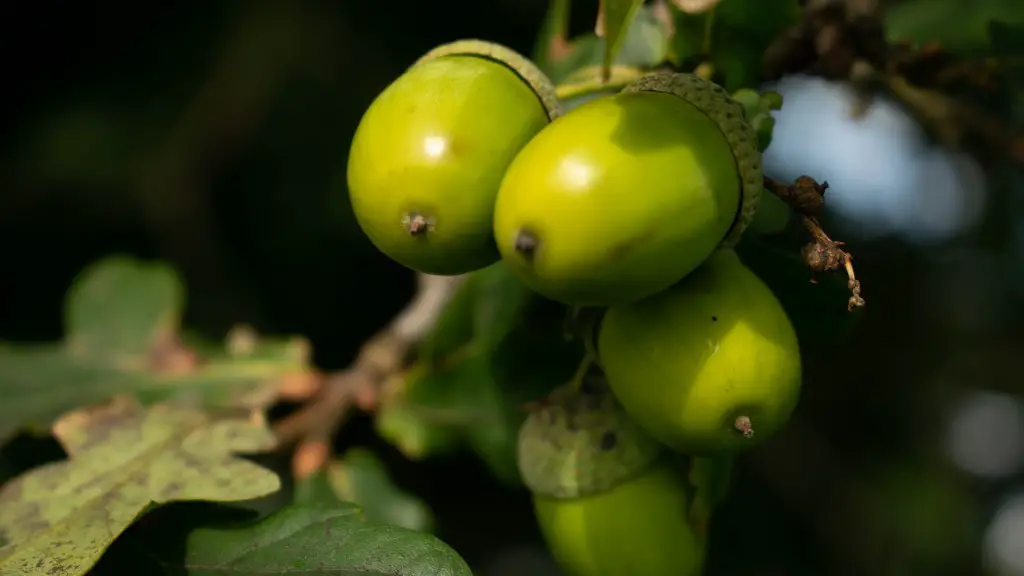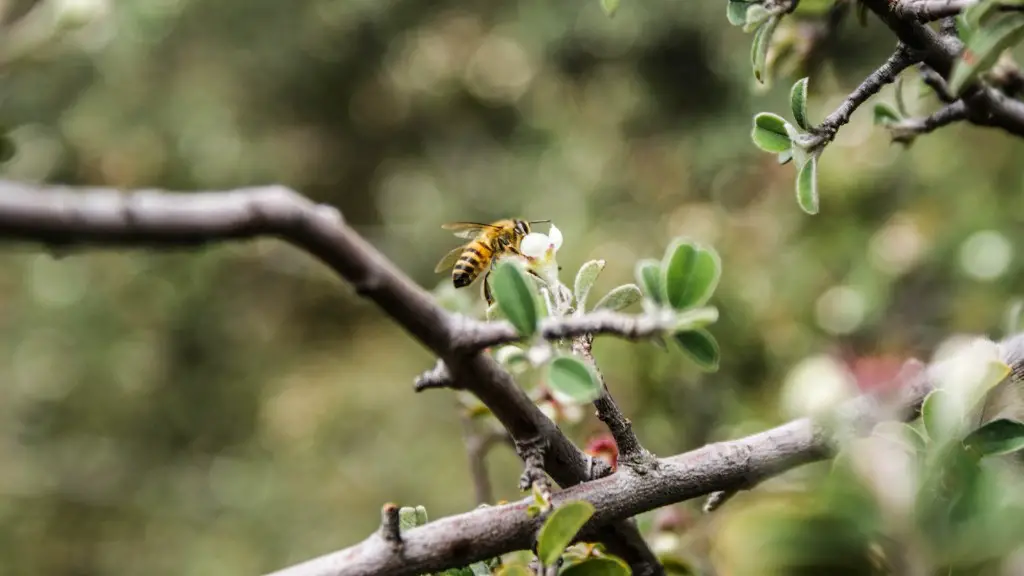Avocado trees can be difficult to grow, but with the right techniques you can easily grow a small avocado tree right in your own backyard. By following the steps below, you can have your very own small avocado tree in no time.
The first step in growing a small avocado tree is to get the proper soil. Avocados prefer a well-drained, slightly acidic soil. Adding organic matter will help with drainage and increase the acidity of the soil. The tree will also need plenty of sunlight, so make sure to pick a spot that is exposed to 6-8 hours of direct sunlight.
The next step is to select a type of avocado to grow. Smaller avocados, such as Mexican and Guatemalan varieties, are ideal as they tend to be more manageable than larger varieties. Make sure to source your tree from a reputable nursery, as it will have the best chance of being healthy and disease-free.
Once you have the soil and the tree, it’s time to plant. Make sure to space your avocado tree at least 10 feet from other trees and buildings, as avocados tend to be quite large and can cause damage with too close proximity to other objects. Dig a hole about twice the size of the root ball in diameter and just as deep. Put some organic material in the bottom of the hole and then backfill the hole around the root ball.
After the tree is planted, you will need to make sure it receives plenty of water. Avocado trees prefer a low to moderate water supply about once every week or two. In the heat of summer, you may need to water more frequently to keep your tree healthy. Make sure to water deeply, as shallow watering can cause the roots to stay close to the surface, causing them to dry out quickly in the summer heat.
Fertilizer can be helpful in ensuring the proper growth of your avocado tree. Applying a balanced fertilizer every month or two during the growing season is recommended. Make sure to use a balanced fertilizer that will provide the tree with the nutrients it needs without burning the roots.
Pruning your avocado tree is also important. It is best to begin pruning when the tree is young, as this can help reduce the size of the tree and help you control its shape. Pruning can also help reduce the risk of disease, as excessive foliage can lead to poor air circulation and wet conditions, which can make the tree more susceptible to disease.
Protecting the Tree
Protecting your avocado tree from pests and disease is essential to ensure its health and development. Check regularly for signs of pests and diseases, such as spots on the leaves or holes in the stem. Make sure to act quickly if you spot any of these signs, as treatment can be difficult when the disease or pest is more advanced.
Removing any dead or damaged leaves can also help with pest and disease control, as well as reduce the amount of weeds invading the tree. A thick layer of mulch around the tree’s base can help keep the surrounding soil hydrated and also smother any weeds that may be growing.
Harvesting and Storage
Avocados grown in your backyard are very different from store-bought avocados, as they tend to be much more flavorful. Once your avocado tree is mature enough to produce fruit, you should be able to harvest them after two or three years. You may need to wait up to six months before they are ready to eat, as they will need to ripen off the tree.
When harvesting your avocados, make sure to use pruning shears or a sharp knife. Gently twist the fruit and it should pull away easily. You may need to wait a few days after harvesting before they are ready to eat, as they will continue to ripen even after they have been harvested.
Storing your avocados is also important, as you want to make sure that they don’t over-ripen. If you plan on eating them soon, store them in the refrigerator for up to two weeks. If you are planning on storing them for a longer time, the best way is to freeze them, as this will help keep them from ripening. Make sure to select ripe avocados for freezing, as those that are not fully ripe will not ripen further.
Using Your Avocado Tree
Growing a small avocado tree can be incredibly rewarding, as you can use the fruits you’ve harvested to create delicious meals. Avocados can be used in a wide range of dishes, from guacamole to salads to sandwiches. Experiment with different recipes and find the ones you like best.
Avocados are loaded with important vitamins, minerals, and heart-healthy fats, making them an important part of any meal. Incorporating avocados into your diet can help you maintain a healthy weight, improve your heart health, and reduce your risk of certain diseases. So don’t forget to reap the benefits of the avocados you grow in your own backyard.
Grafting Avocado Trees
Grafting is a method of propagating a plant, where two separate plants are joined together and allowed to grow as one. With avocado, this is done by joining the scion of one avocado variety to the rootstock of another. The scion will contribute the characteristics of the avocado variety to the rootstock, while the rootstock will supply the nutrients needed for the scion to thrive. Grafting is an effective way to produce varieties with desirable characteristics, such as size and flavor.
Grafting can help make a small avocado tree much more productive, as it allows the tree to produce more fruit in a season. The scion is more productive than the rootstock and can produce more uniform fruit with better flavor. Grafting on avocado trees also helps reduce the risk of diseases, as you can choose a rootstock that is resistant to certain common diseases.
Grafting an avocado tree does require some skill and practice, but with a little guidance, you can learn the technique for successfully grafting a small avocado tree. You will need to source the right rootstock and scion, as well as the right tools to perform the process. Once the grafting is complete, you will need to give the tree some extra care until it adjusts to the new scion. With proper care, your tree will flourish and produce delicious avocados year after year.
Plant Pests and Disease
Pests and diseases can quickly turn a healthy avocado tree into an unhealthy one. Inspect your tree regularly for signs of pests or disease, and act quickly if you spot anything. Make sure to practice proper insect control and disease prevention methods, as this is the best way to keep your tree in good shape.
Common pests on avocado trees include aphids, mealybugs, and scales. Aphids feed on the sap from the leaves and stems of the tree, while mealybugs and scales feed on the sap from the fruit. These pests can be controlled with insecticide sprays, but you will need to make sure that you are applying the correct type of insecticide for each pest.
Common diseases on avocado trees include anthracnose, botrytis blight, and root rot. Anthracnose can cause leaf spots, defoliation, and fruit rot. Botrytis blight affects the flowers and fruits, causing them to rot while they are still on the tree. Root rot can cause the roots to become discolored and mushy, resulting in stunted growth and the eventual death of the tree.
To prevent these diseases, make sure to practice proper sanitation and clean up fallen leaves and fruit. Good airflow can also help reduce the risk of diseases, as this reduces the likelihood of moist conditions that are needed by some pathogens to survive. Make sure to water your tree at its root level, as avoiding wetting the leaves will also help reduce the risk of diseases.




